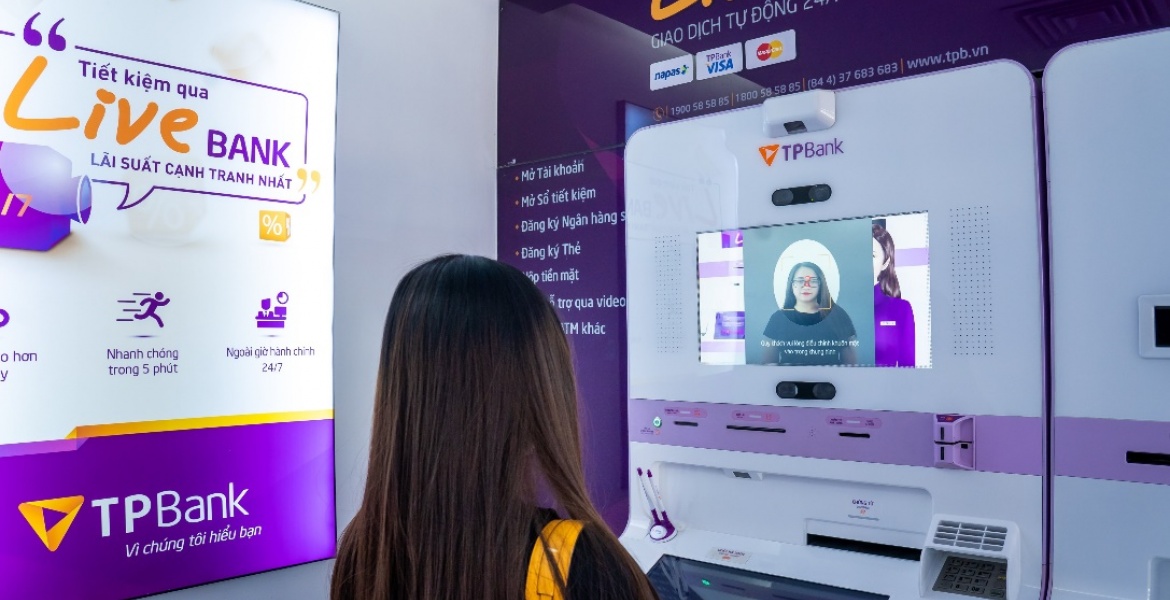Chatbot has become popular around the world. The chatbot market reached $2.6 billion in 2019 and is estimated to reach $9.4 billion in 2024. Initially, chatbots can only answer basic questions from users. However, the development of AI and the integration of many features into chatbots allow them to perform various tasks at higher levels, helping to improve customer experience in the era of technology.
For a clearer picture of how businesses are using chatbots, Facebook analyzed data from more than 41,000 businesses. Below are some outstanding points of the survey, which has great meaning for the future of chatbot in 2021 and beyond.
Chatbot usage grew rapidly from 2018 – 2020
More than 70% brands using chatbots have their headquarters in one of 9 countries in the chart below. 
According to Facebook’s graph, the US has the highest percentage of businesses using chatbots in the world, at over 65% of businesses. The US also has the second highest growth rate in chatbot adoption in the period 2018 -2020. This upward trend shows that consumers have positive responses to chatbots, and chatbots also have a positive impact on the benefits of businesses.
The US is not the only country where chatbot usage is increasing but European countries also experience an upward trend in using chatbots. In particular, the UK and Germany have the highest growth rate among those participating in the research, with the usage per 1000 people increased by more than 1.44%. Consumers in Europe are quite open to chatbots in customer services.

The statistics show that chatbot is a versatile tool that is becoming popular for consumers in large markets around the world.
Chatbot is becoming more popular in B2C companies
In the last 2 years, chatbot is increasingly concerned and implemented by B2C companies. In 2020, about 60% of businesses using chatbots are B2C. This also shows that B2C consumers have been adopting this new technology. 
In a research of Hubspot in 2016, 47% consumers said that they were ready to buy things through chatbots. 
The B2C industries using chatbots the most are Banking and finance. In a survey in 2018, 43% of respondents said that they would like to solve any problems with their banks through chatbots. Therefore, the trend of using chatbot for customer service in banking is inevitable. This transformation is expected to save $8 billion each year for banks in 2022.
In Vietnam, many banking and finance institutions are also deploying chatbots to provide customers with new experience, such as TPBank, NCB, SHB Finance, etc. Besides the ability to answer FAQs, AI chatbots are built to perform various tasks such as automatically classifying customers, filtering potential customers, changing PIN code, surveying and collecting responses from customers, registering for information about loan/saving packages, etc.

Chatbot of Tien Phong Bank performs a wide range of tasks to support customers online.
E-commerce is also an industry pioneering using chatbots. Chatbots help collect data for businesses to understand demand and preferences of customers, allowing online retailers to personalize their product sites and build customer loyalty. For example, chatbot of the retail giant H&M asks customers some questions about their styles and suggests suitable products. By answering these questions, customers will be navigated to the products they are interested in.
AI chatbot also allows retailers to increase the number of customers and the average amount of money they pay by creating a convenient and personalized buying experience. By using smart chatbots with the order feature, businesses also help users to save their shopping time. According to Gene Alvarez, Vice President of Gartner, until the late 2020, 25% of customer support activities were integrated with chatbots. Chatbots “enrich the customer experience, help the customer throughout the interaction and process transactions on behalf of the customer.” In Vietnam, leading e-commerce businesses implementing chatbots to support customers services are Tiki, Sendo, FPT Shop, etc.
According to Facebook’s statistics, the number of B2C businesses using chatbots has surpassed B2B businesses, which indicates that the importance of advanced technology adoption, and chatbot in particular, in customer service is increasing. Chatbot meets the needs of both B2B and B2C companies, creating many opportunities to attract customers, supporting automation, boosting sales and more.
The effectiveness of chatbot for brand and customer
Businesses are increasingly using chatbots, but what are customers thinking? Are chatbots really helpful and effective?
In a survey about chatbots in 2020 of OUTGROW, 56% consumers prefer texting businesses rather than calling customer support employees. As many businesses focus on expanding customer service on online messaging platforms and start building chatbots, this number will surely increase.
According to data provided by MailChimp, the email open rate is 21% on average. However, the open rate of messages from chatbots on Facebook Messenger is almost 80% (as announced by Facebook). This means that messages sent through chatbots on messaging platforms will be seen by more consumers.
Businesses have been seeing more clearly the bright future and superior abilities of chatbots. Customers are interested in the flexible and instant interaction of chatbots while businesses focus on the benefits of chatbots, such as saving time, money, optimizing human resources, increasing sales, automating customer service, in order to provide interesting technology experience.
In the next 5 years, the chatbot market will strongly develop and be applied in many fields and industries as building chatbots is very simple and adding features is easy with the chatbot creation platform of FPT.AI, meeting various needs of businesses.
Build a chatbot now with FPT.AI Conversation at https://bot.fpt.ai/ ☎ Hotline: 0911886353
? Email: [email protected]

















